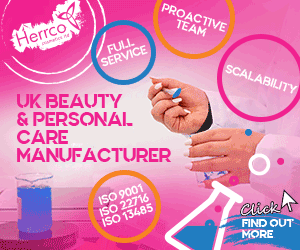Skin lightening products have become a heated topic in the beauty sector and one that has come under fire for its ethical and physical damages.
The issue is rife in the Caribbean, African and Asian markets, where consumers are using illegal and harmful ingredients in order to achieve a lighter skin tone.
Chemicals including hydroquinone are known to be used in lightening products, which can cause harmful side effects if used incorrectly.
However, most products are also known to contain powerful and prohibited toxins, such as mercury.
This has caused a number of governments to ban these products, and Rwanda has become the latest African country to join the battle.
Other countries including Ghana, Kenya and South Africa have also banned the sale of these products.
Meanwhile, Australia, the US and Japan have put rules and regulations on the use of these skin ‘bleaching’ products.
Rwanda’s president Paul Kagame, took to social media to voice his support for the initiative.
It read: “Quite unhealthy among other things, including use of prohibited chemicals. MoH and RNP need to reign this in very quickly…!”
In 2018, former exotic dancer and reality TV star Blac Chyna came under fire for launching a skin lightening product, Whitenicious x Blanc Chyna Diamond Illuminating & Lightening cream.
After launching the product in Nigeria, she was accused of exploiting the country’s appetite for skin lightening products.
Beauty heavyweights including Olay, Lotus Herbals, Neutrogena and Garnier all stock their own skin lightening products.
A billion dollar business
Despite its ethical judgements, the sector is booming and is predicted to have a value of US$24bn by 2027, growing at a CAGR of 6.1%.
Currently, the lotion and cream segment dominates the market and is forecast to reach a value of over $8.9m by 2027, however, the serum and toner segment is predicted to experience the most market growth.
This growth is said to be most prolific throughout Asia-Pacific regions.




